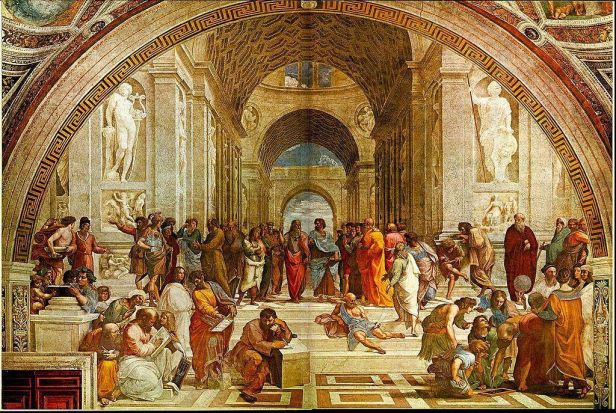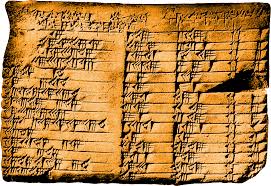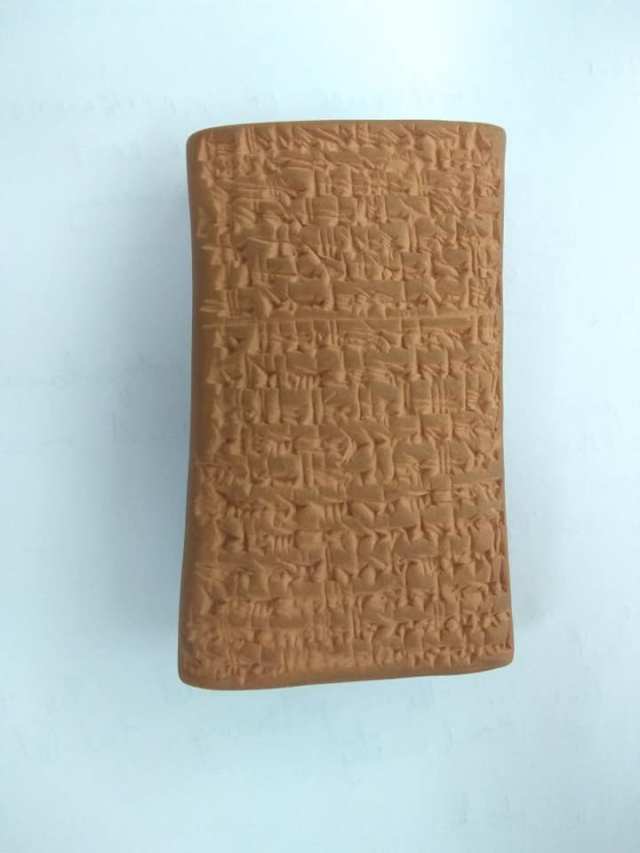Most of us would have heard of Euclid’s great treatise ‘Elements’ but not all of us would have had the opportunity to understand what’s so great about the book and why there is so much of respect for the Greek Mathematicians. In this article, we will see how certain articles stood the test of time and became very much popular while many others died away. We will also see where do look for when we want to see the epitome of literature in different cultures.
To start with, let’s have a quick glimpse on Euclid’s Elements. The treatise is a compilation of whatever knowledge that existed in Greece in Mathematics till then. Probably, no one had done that herculean task of coming up with a definite structure where all the pieces of knowledge in Mathematics till then can fit in perfectly, and also giving a kind of thinking structure where more worlds of Mathematics can be created with the subject structure of Mathematics. It is something similar to what the great Indian Grammarian Panini did with Sanskrit language structure. He gave a very strong structure to the language without creating some new grammar for the subject. Another example somewhat similar to this is Vyasa’s task of compiling the Vedas systematically. One might think why is it that we don’t see many other names of people who must have written books in the respective areas. A possibility could be that the work that these people did became so phenomenal, that most other things before that became redundant and people started following these texts.
Euclid writes the book in Greek (of course) and he write 13 books on Plane and Solid Geometry. In the book #1 (fundamentals of plane geometry involving straight lines), he first gives a set of 23 definitions of terms that he is going to use in his book followed by 5 postulates (some kind of assumptions). This is followed by 5 Common Notions (e.g if a=b and b=c, then a=c). Then he starts giving out propositions with rigourous proofs using this tools – definitions, postulates and common notions. He continues more or less the same thing in the following 12 books. The beauty in the book is the order in which he sequences his propositions. If someone is reading a particular proposition, he won’t be able to refute it based on the earlier propositions that have been proved. E.g. if he has to use the idea of parallelogram in some proposition, he will ensure that the properties of a parallelogram has been discussed and proved in some earlier postulate so that no one can question or counter his proof. It is the typical style of arguing a case in the court of law.
What Euclid did was not just compile a book on Mathematics but bring a structure with which people can argue based on logic and reasoning. The gave a structure on which a theory can be built on to test the ‘truthfulness’ of some things. We see the mode of Scientific pursuing this mode of study and inquiry. But when we look at other civilisations, we do not come across this kind of rigour in Mathematics as much as it is seen in the Greeks and that is where Greeks gain a special place.
Let us come to India. A beautiful comparison that Prof Clemency showed us today was between Baudhayana Sulba Sutra (800 BCE) and Euclid’s Elements (300 BCE). She took the example of the construction of a square. In BSS, it is the first construction that is shown. In the Elements, it is the 46th proposition that is shown probably because certain other things needs to be proved before using those as knowledge and proving the process of construction of a square. Why don’t we see this kind of rigour in Indian Mathematics? Probably because most of the Indian Mathematics was utilitarian and application oriented. For example, BSS was focused in giving geometric construction methods for constructing fire altars. The objective was construction of fire altars and not arguing with reason (we do see that the author knows the reason for certain theorems like Pythagoras Theorem by some implicit remarks). Another difference is the style of writing the texts. In India, at that time, the literature was Sutra literature which involved using of least number of letters and writing in cryptic ways. In Greece it was prose, so there were lesser constraints. Does it mean that Indian treatises missed rigour completely? If we conclude that, perhaps we are look at wrong places.
We see a lot of depth and rigour in philosophical treatises in India. Also, the style of proving wasn’t an axiomatic approach like the Greeks’ which was a cultural difference. We also see that Chandas and Vyakarana (Prosody and Grammar) were very deep and robust in India. Prof. Clemency remarked that perhaps that is because those subjects were considered very important or a kind of epitome of knowledge. She also added that when we want to look for Mathematics, we might have to look for very unassuming places in Indian literature which might be areas generally considered outside the purview of Mathematics (like language, poetry, music, etc.)
Such kind of comparative study helps us understand how the same idea was thought so differently in different cultures. For instance, to draw arcs and straight lines, in India they used a rope. In Greece, they used a compass and a straight edge. Indians didn’t talk about angles in earlier treatises on trigonometry. Can you even imagine doing that today? They were great geometers and they didn’t talk about angles. Can we even digest this fact today? In India, the length of the chord was the function of the arcs and the ratio of the arc lengths to the circumference was the kind of notion for measurement, which today, we know is nothing but the angle measurement. In Greece, the notion of angle and trigonometry was different. Yet, both civilisations pursued the same topics in different ways. The notion of proofs were different. The purpose of doing Mathematics was different, and much much more to think about.
When we do not introduce history and kindle children to do a comparative study between civilisations, we are not giving them opportunities to think on fundamental questions like – why did they do it? how could they do it with the limited tools that they had? what were the interesting questions they pursued? and so on…
#MathematicsInPerspective
#Mathematics
#GreekMathematics
#History
#IndianMathematics







